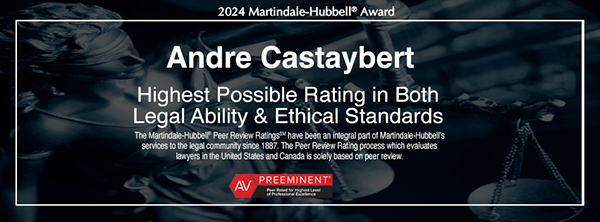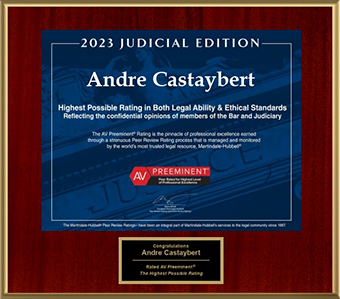How Lawyers Can Help Overcome Impasse and Close the Deal in Mediation
February 14, 2024
After considering options like a mediator’s proposal, conditional offers, alternative demands, or baseball/high-low arbitration, parties may still encounter an impasse during mediation. Advocates should be aware of strategies a mediator might use to break impasse and revive negotiations, as well as ways attorneys can help their client’s case reach resolution during mediation.
Here are strategies a mediator may propose to revitalize negotiations:
- Encourage parties to offer non-monetary concessions, such as apologies, joint press releases, business arrangements, or intellectual property transfers, to aid in reaching a settlement.
- Take a break to allow counsel and clients to gain fresh perspectives upon their return.
- Suggest finalizing a potentially controversial settlement agreement, even with the dollar amount open, to commit both parties to the process and create momentum.
- Temporarily set aside the main issue and focus on resolving a simpler one.
- Establish a deadline (even if flexible) to prompt action.
- Consider separate conferences between lawyers or parties with the mediator.
- Provide each side with a “Mediator’s Cost and Risk Adjusted Analysis” showing probable damages recovery or exposure ranges.
- Request confidential “next to bottom-line numbers” from each party to explore new negotiation angles.
- Encourage each side to role-play the other’s perspective to foster understanding.
- Offer a model settlement agreement as a reference point.
- Use reality-checking to illustrate the emotional, financial, and other costs of litigation and delay.
- As a last resort, suggest ending the mediation, as invested parties often prefer to avoid failure and may reconsider their positions.
Counsel can also help their case reach resolution by employing these strategies:
- Suggest taking a breather to regain professional distance and allow parties to cool down.
- Consider switching the setup, such as directly engaging with the opposing lawyer to spark negotiations.
- Make a move, even if the other side does not, to give the neutral something to work with.
- Discuss non-monetary terms to expand negotiation options.
- Make the proposed settlement amount tangible and real to the client, such as by discussing with the client how they might use the money.
- Clearly communicate your client’s needs to the neutral, such as your client’s need to feel heard, so that the neutral may bolster your advice and effectively deliver tough news to your client.
- Compare immediate versus delayed settlement values by requesting the neutral to guide you through an exercise demonstrating that the lesser amount now has almost exactly the same value to your client as a higher amount from a jury once litigation fees are factored in.
- Self-monitor for emotional involvement and regain professional composure as needed.
With these strategies in mind, counsel can leverage their understanding of the case and client to help overcome impasse and achieve a settlement agreement.
To read how Castaybert PLLC can assist you with mediation, click here.









